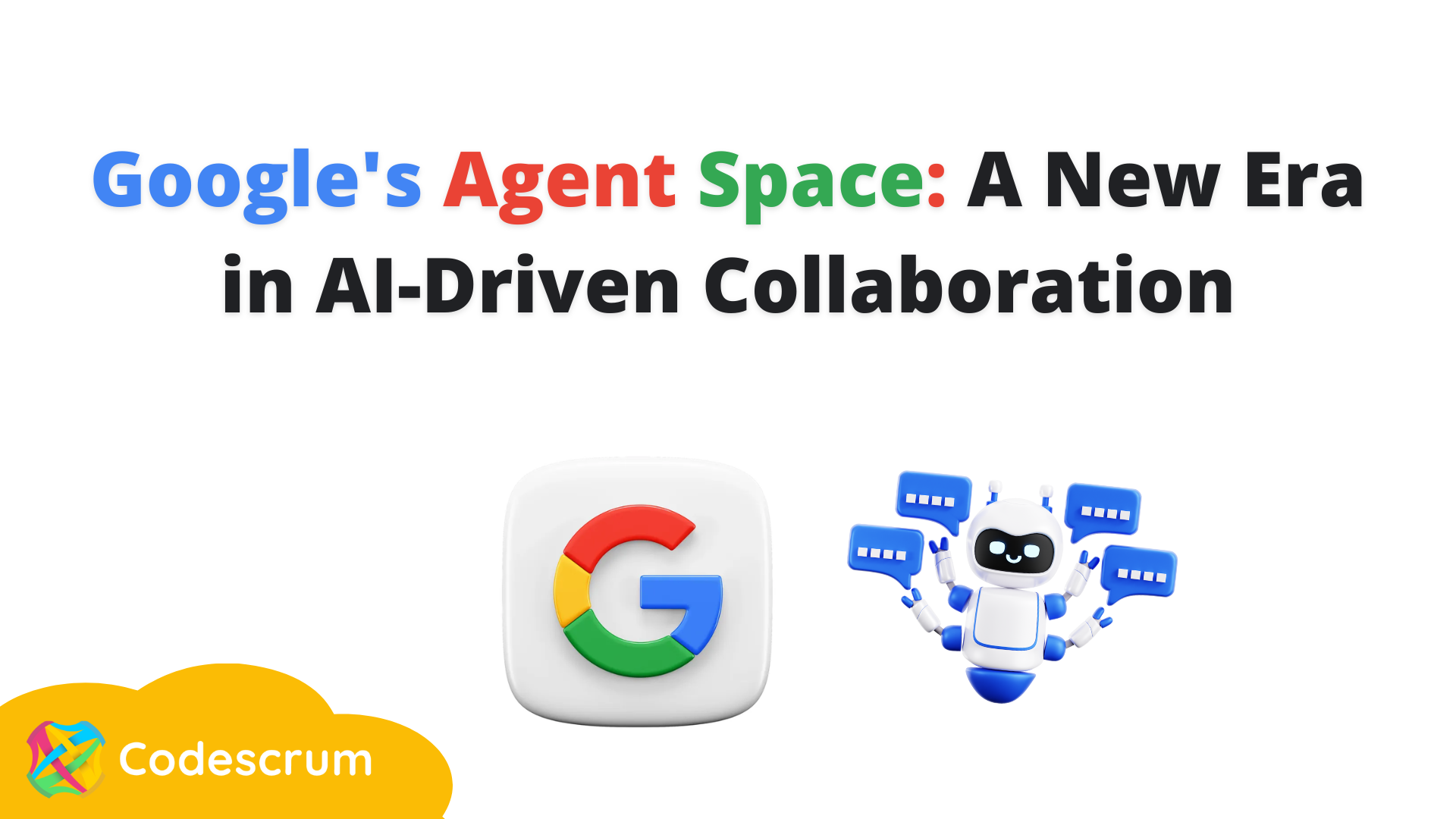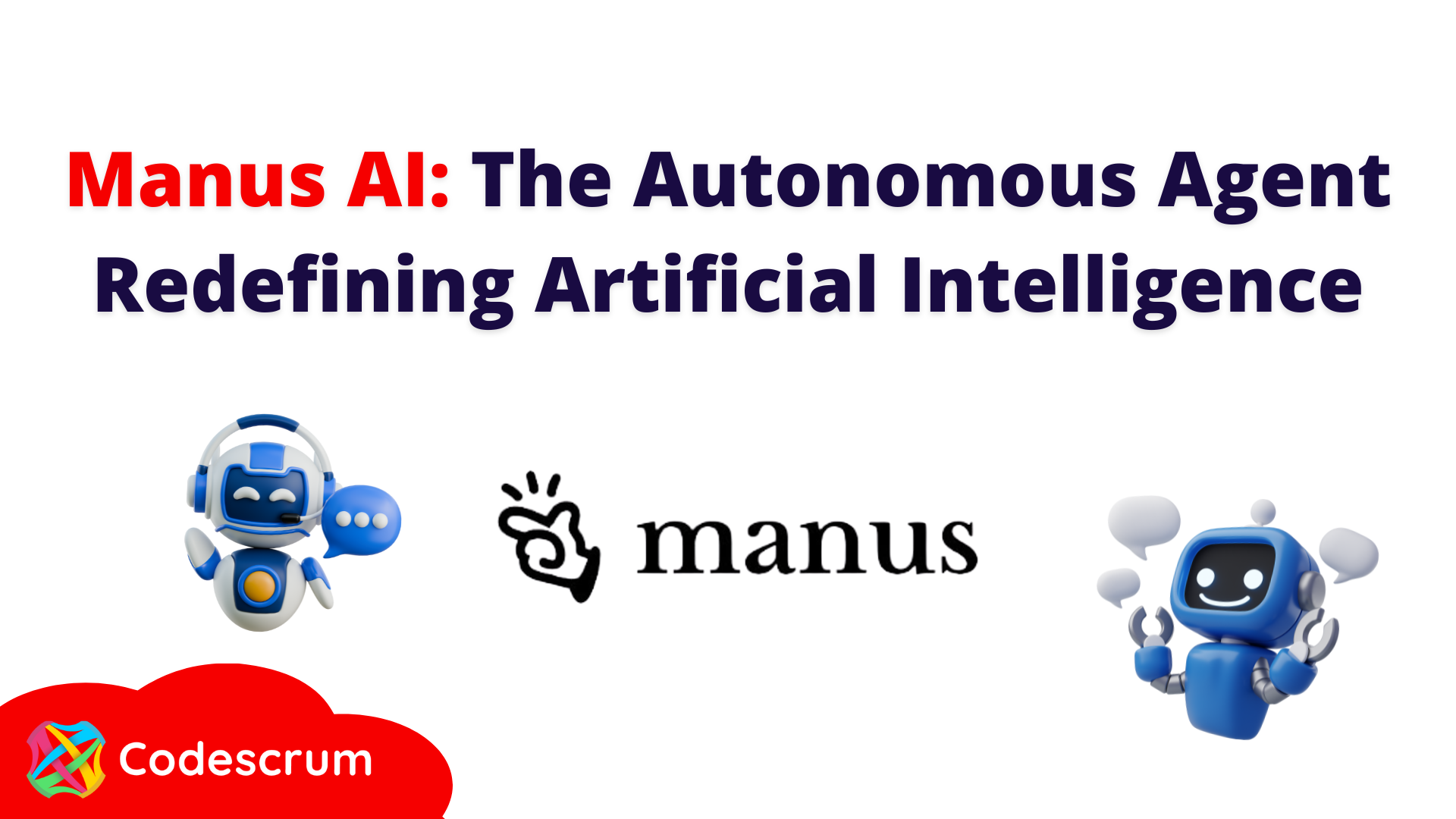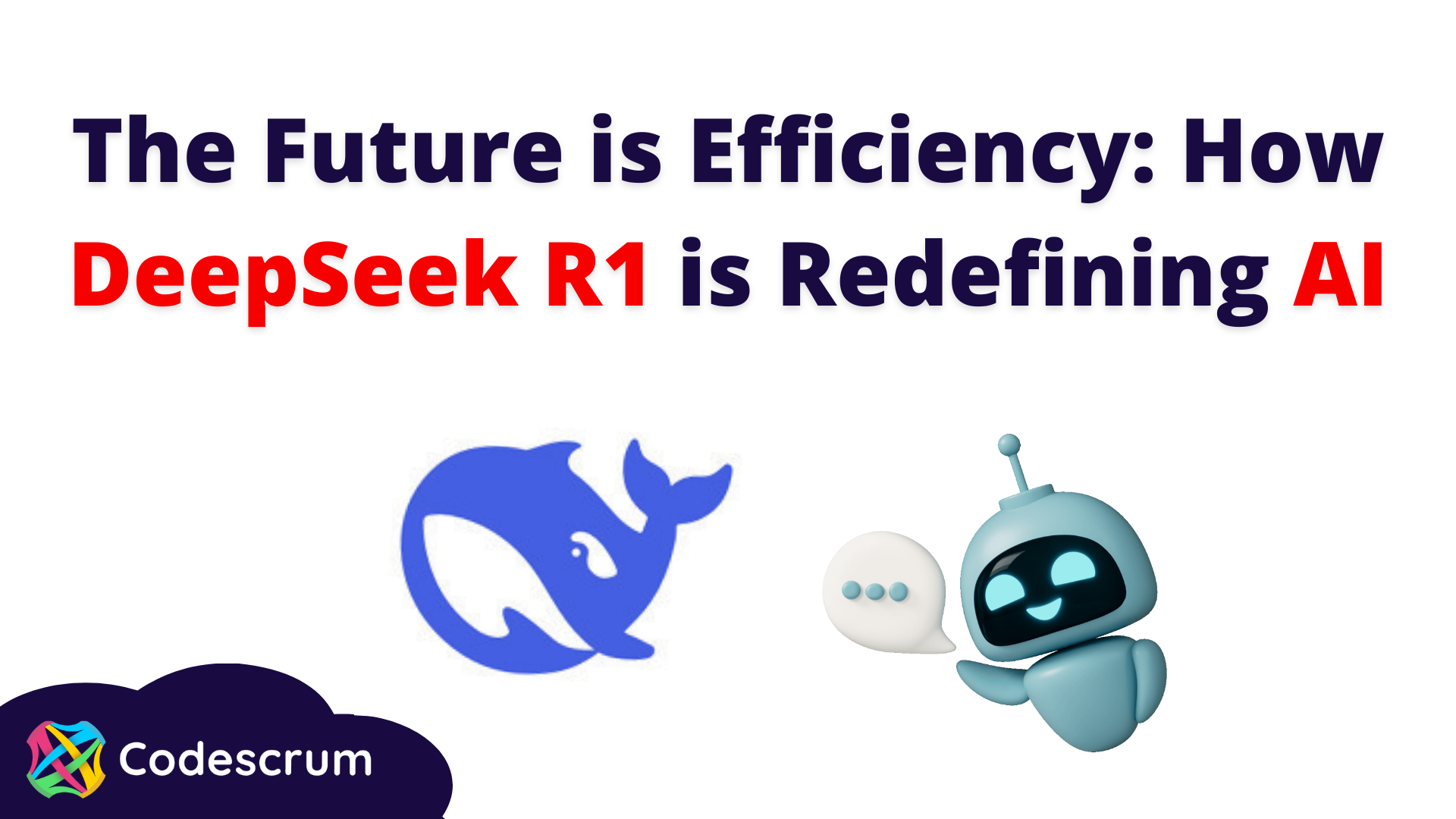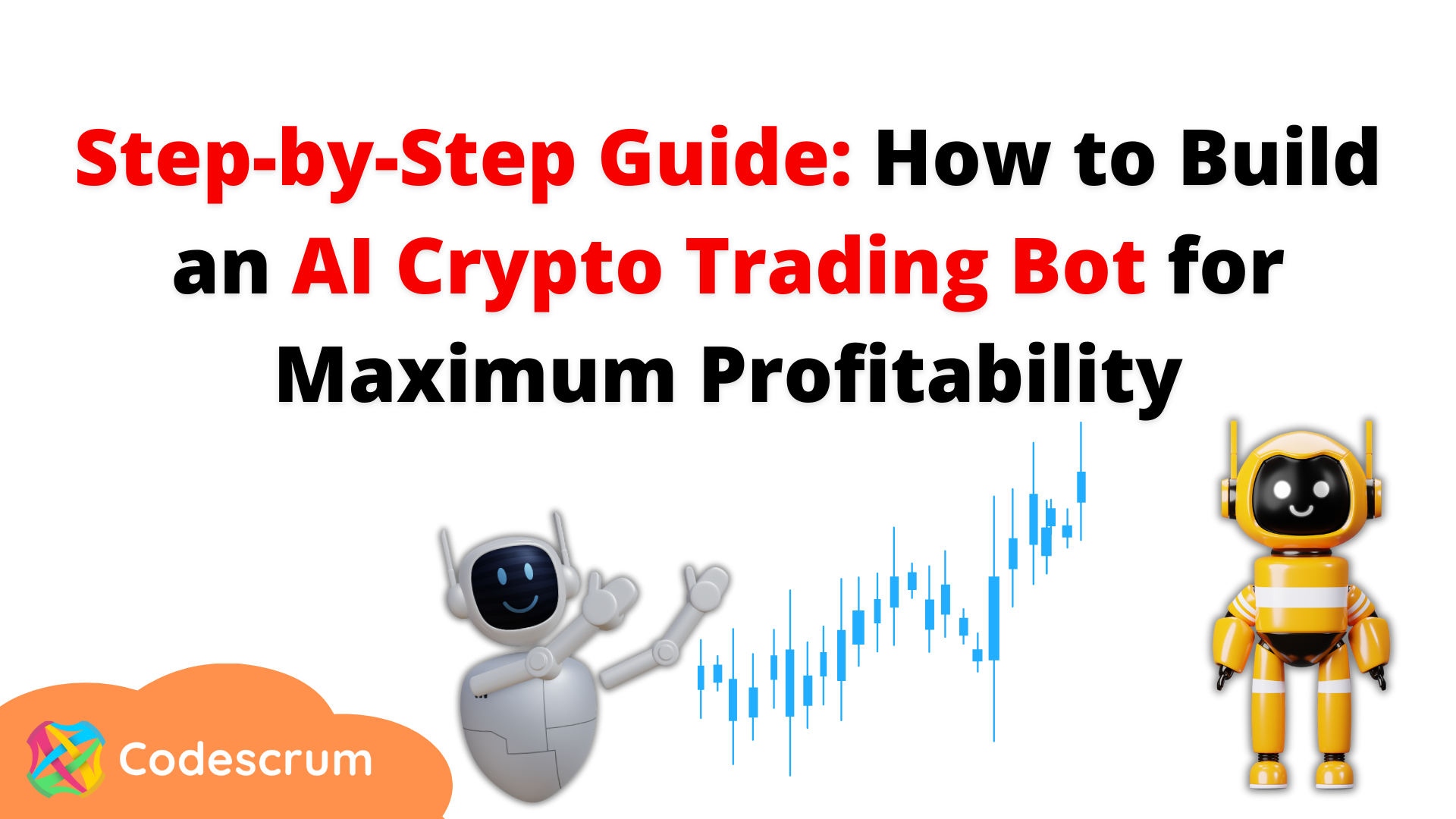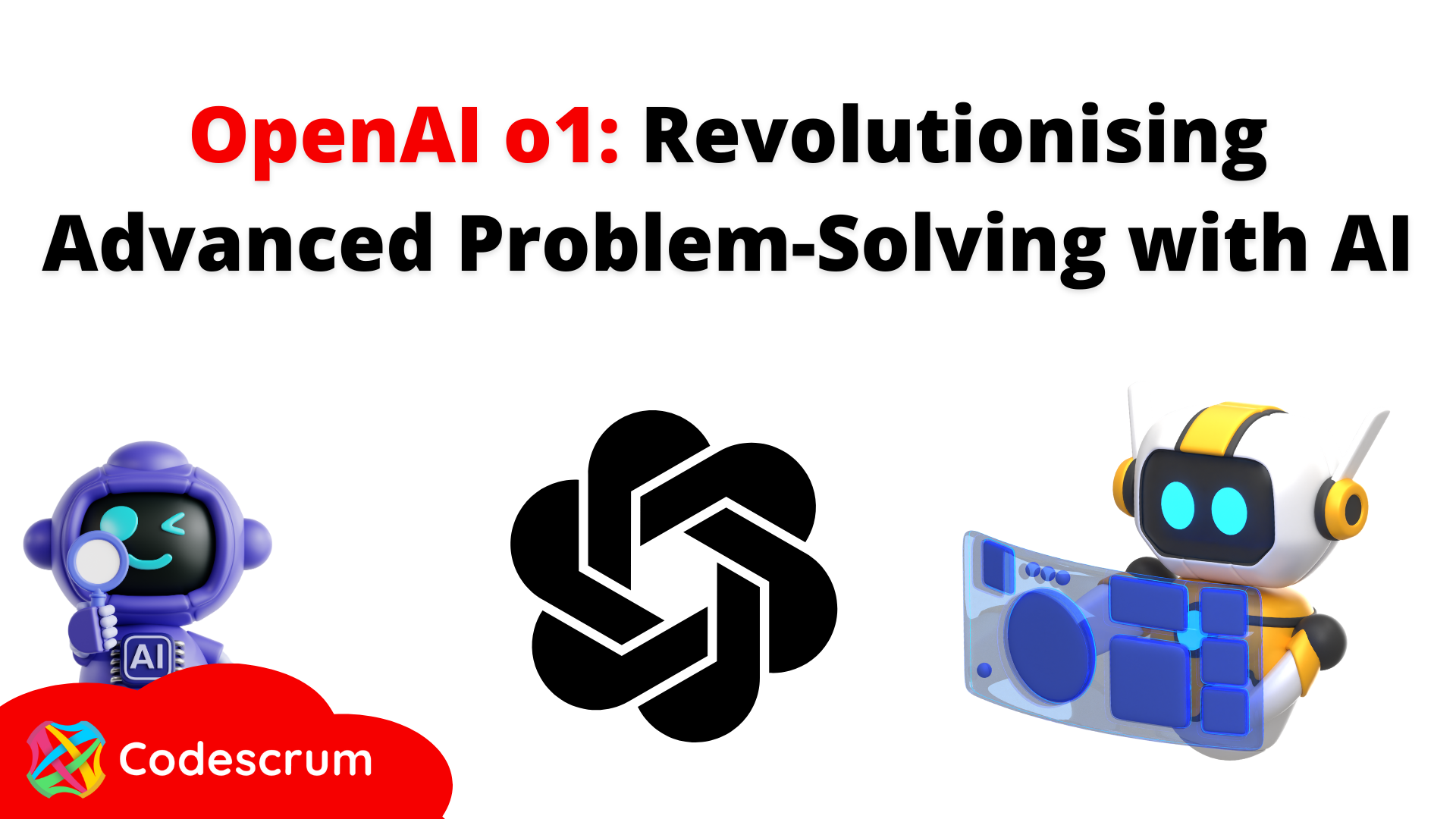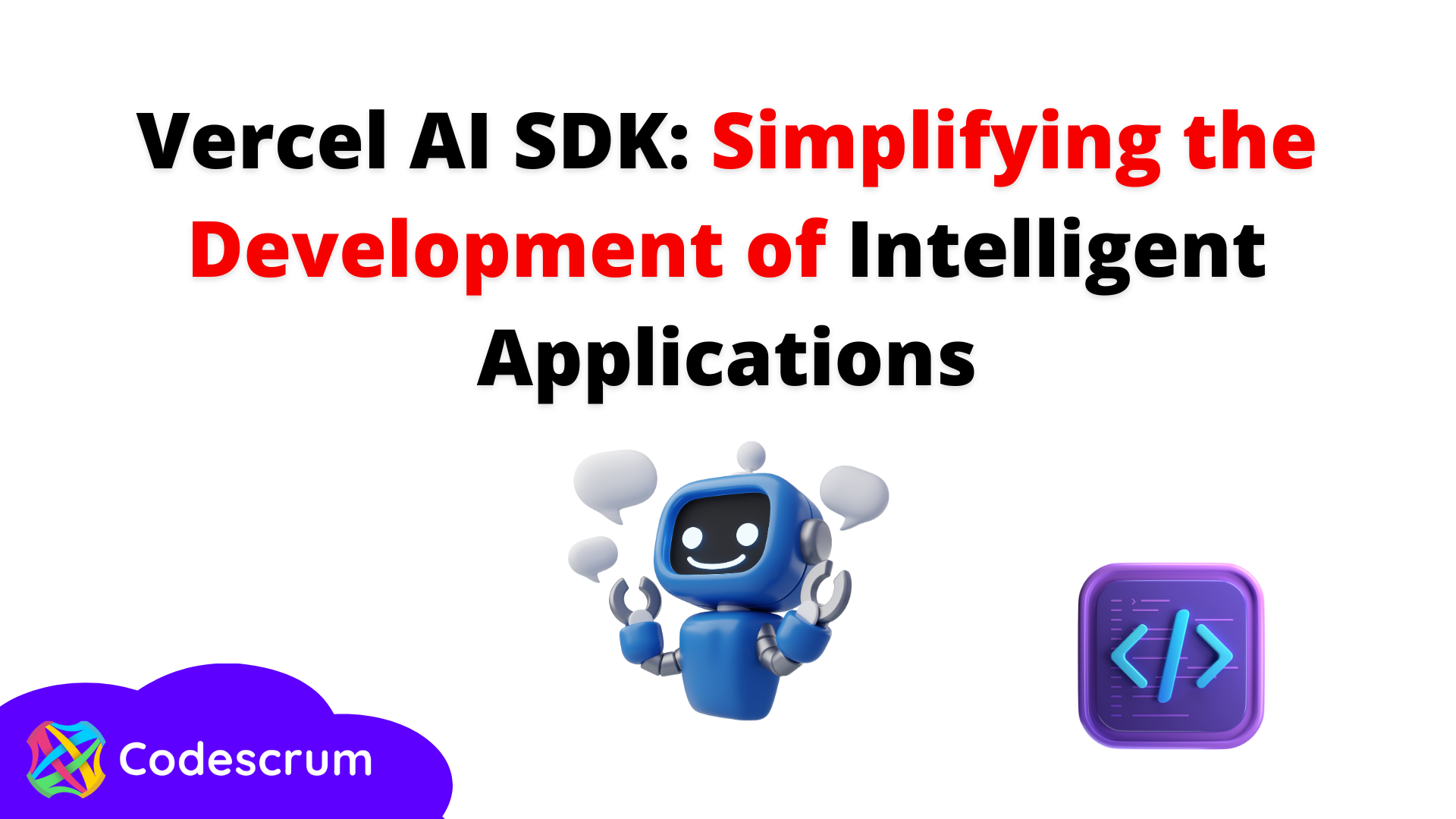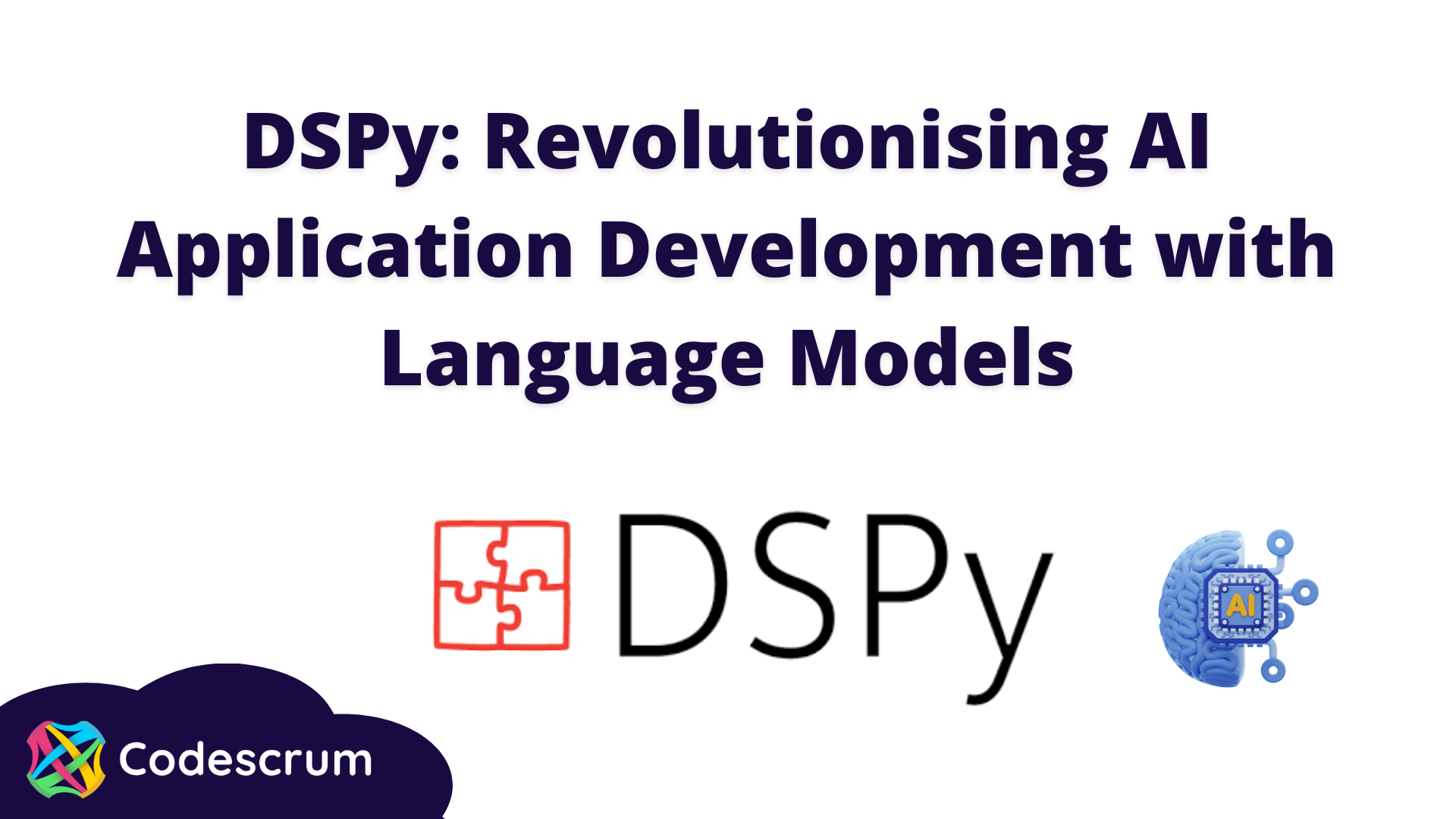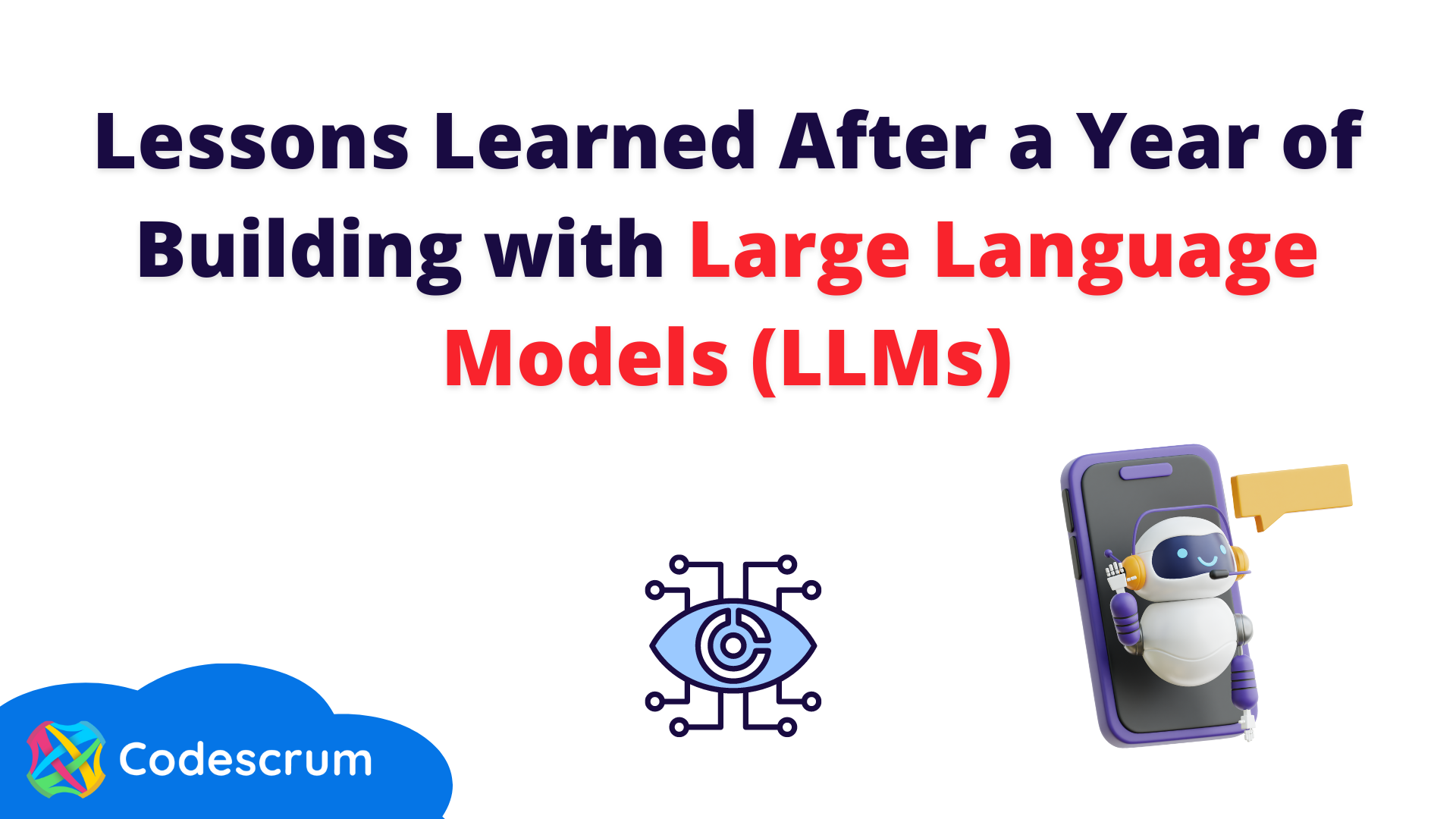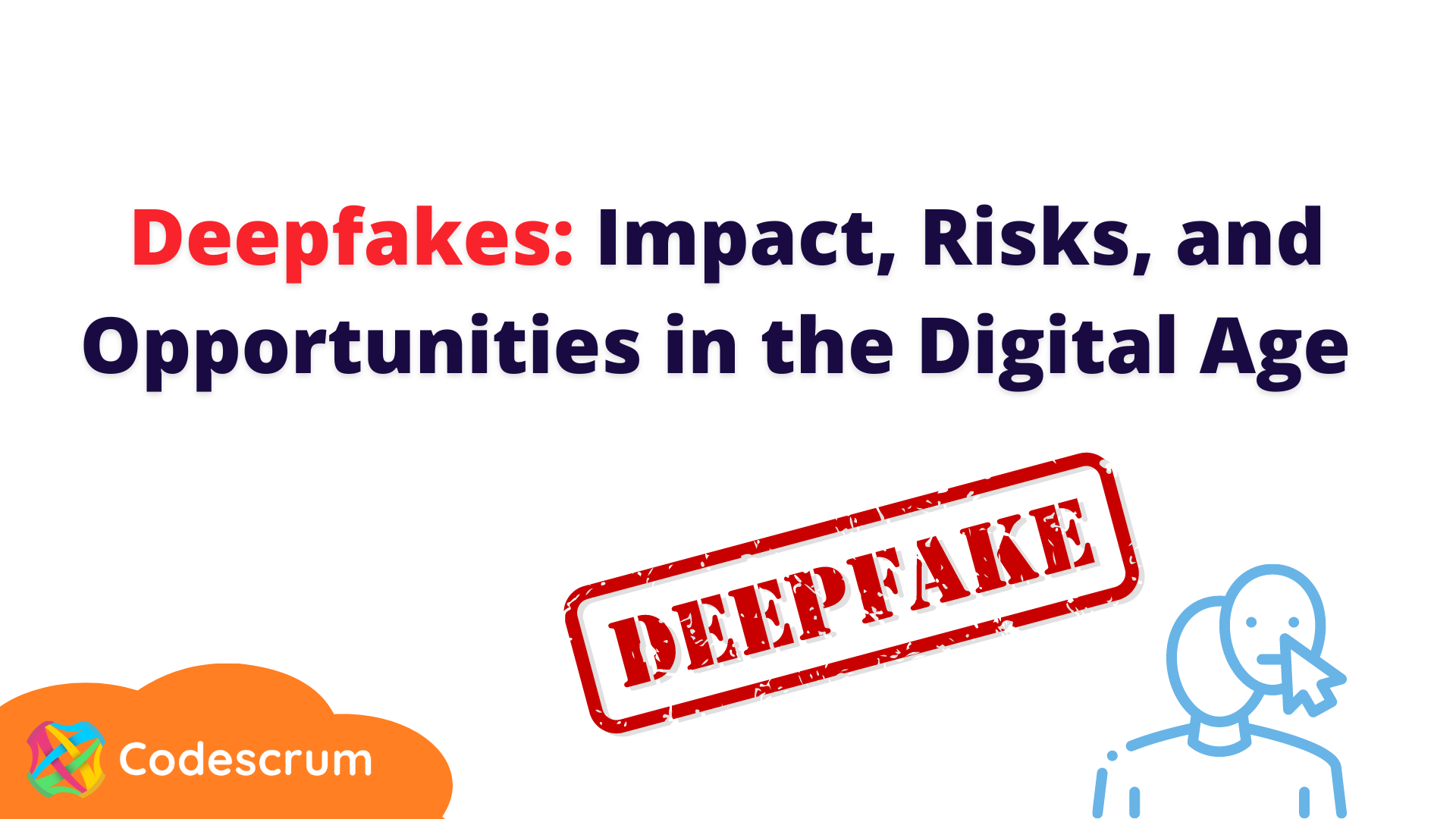How to Choose the Best AI Agent Framework in 2024: A Comprehensive Comparison
AI agents are at a pivotal point in their development, with growing investment and the release of new frameworks enabling more advanced and capable systems. These agents quickly become indispensable in many areas, from automating emails to analysing complex datasets. However, for developers looking to build AI agents, the challenge isn’t just about creating the agent—it’s about choosing the right framework to build it. Should you opt for a well-established framework like LangGraph or a newer entrant like LlamaIndex Workflows, or go down the bespoke, code-only route?
In this article, we’ll explore the pros and cons of these approaches and offer guidance on choosing the best framework for your AI agent in 2024.
The Agent Landscape in 2024
Autonomous agents have come a long way from their initial iterations. Today, they are being integrated into businesses and tech products, leveraging large language models (LLMs) to perform increasingly complex tasks. These agents can use multiple tools, maintain memory across interactions, and adapt based on user feedback.
However, developing these agents requires more than just a sophisticated LLM. Developers must decide which model to use and which framework best supports their vision. Here’s a breakdown of the main options:
1. Code-Based Agents (No Framework)
2. LangGraph
3. LlamaIndex Workflows
Option 1: Code-Based Agents – No Framework
Building an agent entirely from scratch is always an option; for some developers, this is the most appealing route. Opting for a pure code-based approach gives you complete control over every aspect of your agent’s design and functionality. The architecture is entirely up to you, and you avoid reliance on external frameworks or pre-built structures.
Advantages:
- Full control: With no third-party limitations, you can fine-tune the agent precisely to your specifications.
- Flexibility: You aren’t bound by the rules or structures of a framework, allowing more creative or niche implementations.
- Learning opportunity: Building from scratch offers a deeper understanding of how agents work, which can be invaluable for debugging and optimisation.
Challenges:
- Development complexity: Without the support of a framework, developers must handle everything manually, from managing state to designing routing logic.
- Time-consuming: Building a complex agent can take considerably longer without a framework to provide shortcuts or abstractions.
- Higher risk of errors: Without a pre-built structure, there’s a greater chance of introducing bugs or inefficiencies, especially as the agent becomes more complex.
The key takeaway for a pure code-based approach is that while it offers ultimate control, it also requires a significant investment of time and resources. This method may be best suited for smaller projects or developers who prefer building everything from the ground up.
Option 2: LangGraph – A Structured Approach
LangGraph debuted in January 2024 and is one of the most well-established agent frameworks available today. It is built on top of LangChain and is designed to help developers build agents using graph structures, where nodes and edges represent actions and transitions. This structure makes it easier to manage the flow of operations within the agent, particularly when the agent needs to handle multiple tools or loops.
Advantages:
- Graph-based structure: LangGraph’s use of nodes and edges allows for more dynamic workflows, mainly when dealing with loops or conditional logic.
- Built on LangChain: If you’re already using LangChain, LangGraph integrates seamlessly, allowing you to leverage familiar objects and types.
- Pre-built components: LangGraph offers many built-in objects, like its `ToolNode`, which automates much of the tool-handling process.
Challenges:
- Rigid framework: While LangGraph’s structure can be helpful for some, it may feel restrictive for developers who want more freedom to experiment.
- Steep learning curve: Developers unfamiliar with LangChain may find the initial setup and configuration of LangGraph overwhelming.
- Debugging: The abstraction layers introduced by LangGraph can make debugging more complicated, particularly when tracing errors in the agent’s message flow.
LangGraph is an excellent option if you’re building an agent that requires complex logic and structure. However, it requires a commitment to learning and working within the framework’s specific constructs.
Option 3: LlamaIndex Workflows – Flexibility with Event-Based Logic
LlamaIndex Workflows is a newer agent framework introduced in 2024. Like LangGraph, it is designed to simplify the development of complex agents. However, it focuses more on asynchronous operations and uses an event-driven model instead of the graph-based structure seen in LangGraph. LlamaIndex Workflows is particularly well-suited for agents that need to handle many simultaneous processes or events.
Advantages:
- Event-driven architecture: Using events instead of traditional edges or conditional logic allows for more dynamic and flexible workflows.
- Asynchronous execution: Workflows are designed to run asynchronously, making it an excellent choice for real-time or complex applications that require multitasking.
- Less restrictive: Workflows offer more flexibility in designing your agent without as much reliance on specific types or objects.
Challenges:
- Asynchronous debugging: While asynchronous execution is powerful, it also makes debugging more difficult, as tracking multiple events or processes can be challenging.
- Learning curve: Workflows are more flexible than LangGraph, but they still require a good understanding of the LlamaIndex framework and event-based programming.
- Less structure: For developers who prefer more rigid guidelines, the relative freedom of Workflows may feel like a downside.
LlamaIndex Workflows offers a powerful toolset for developers who value flexibility and are comfortable working with asynchronous processes. It benefits agents who manage multiple events or processes in real-time.
How to Choose the Right Framework
Deciding which agent framework to use comes down to a few key questions:
1. How complex is your agent?
- A code-based approach might be best if your agent is relatively simple or you prefer complete control over its structure.
- LangGraph’s graph-based architecture can help streamline development for agents with complex logic.
- If your agent requires handling multiple asynchronous processes or events, LlamaIndex Workflows provides the flexibility and structure you need.
2. How much time and resources can you invest?
- A bespoke code-based agent will take more time and effort, but it allows you to tailor every aspect of the system.
- LangGraph and Workflows can significantly reduce development time by providing pre-built structures, but they come with their own learning curves.
3. Are you already using LangChain or LlamaIndex?
- If your existing project uses LangChain, LangGraph will integrate seamlessly and allow you to leverage existing components.
- Similarly, if you’re working with LlamaIndex, Workflows is the logical next step for building advanced AI agents.
Conclusion: Building Agents in 2024
Choosing the proper framework for your AI agent project is crucial to its success. While a bespoke, code-only approach offers maximum control, frameworks like LangGraph and LlamaIndex Workflows provide valuable tools and structures that can significantly speed up development.
Ultimately, your choice will depend on your project's specific needs, your familiarity with existing frameworks, and the complexity of the agent you are building. Regardless of your chosen path, AI agents will continue to evolve, and the right framework will help ensure your agents are both powerful and efficient.
